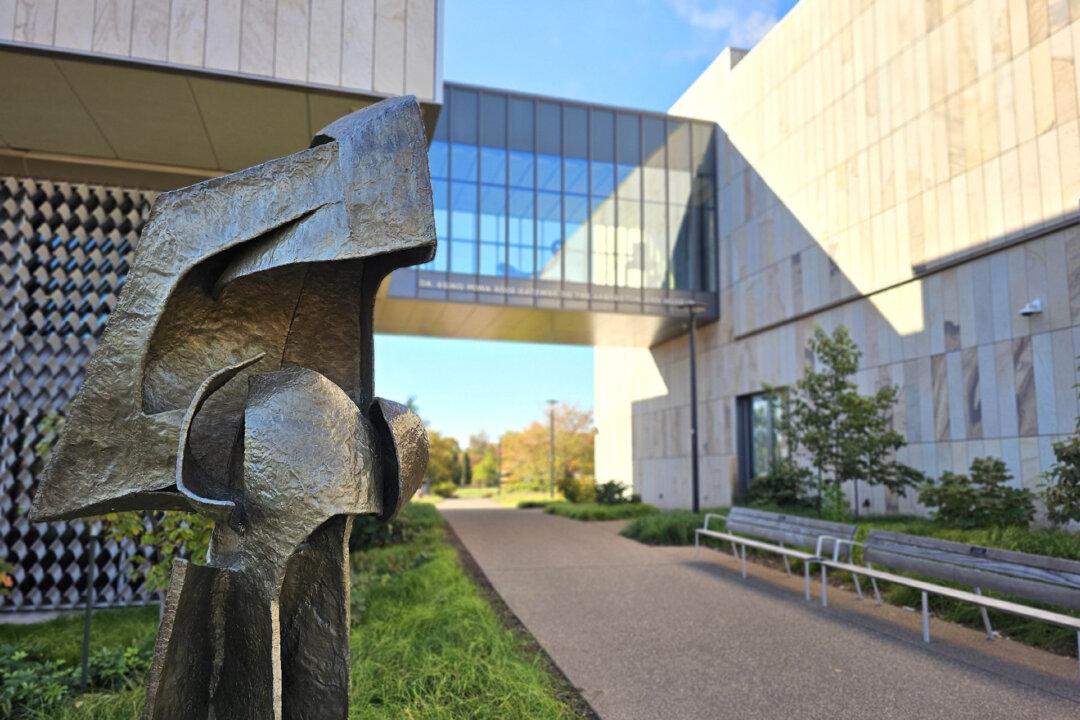The first thing that impressed my wife, Fyllis, and me about the area of Scotland that we were visiting was its natural beauty. Both the Highlands and central Scotland are home to craggy mountains, rolling farmlands dotted by grazing sheep, and the still waters of lochs (lakes).
We agreed with a poll conducted by Rough Travel Guides of its readers, who included Scotland among the “most beautiful countries in the world.” Contrasting with that tranquil beauty, however, is a history that is replete with battles against a parade of invaders and tyrants. During pauses among those clashes, high-spirited Scottish warriors at times took to fighting among themselves.





